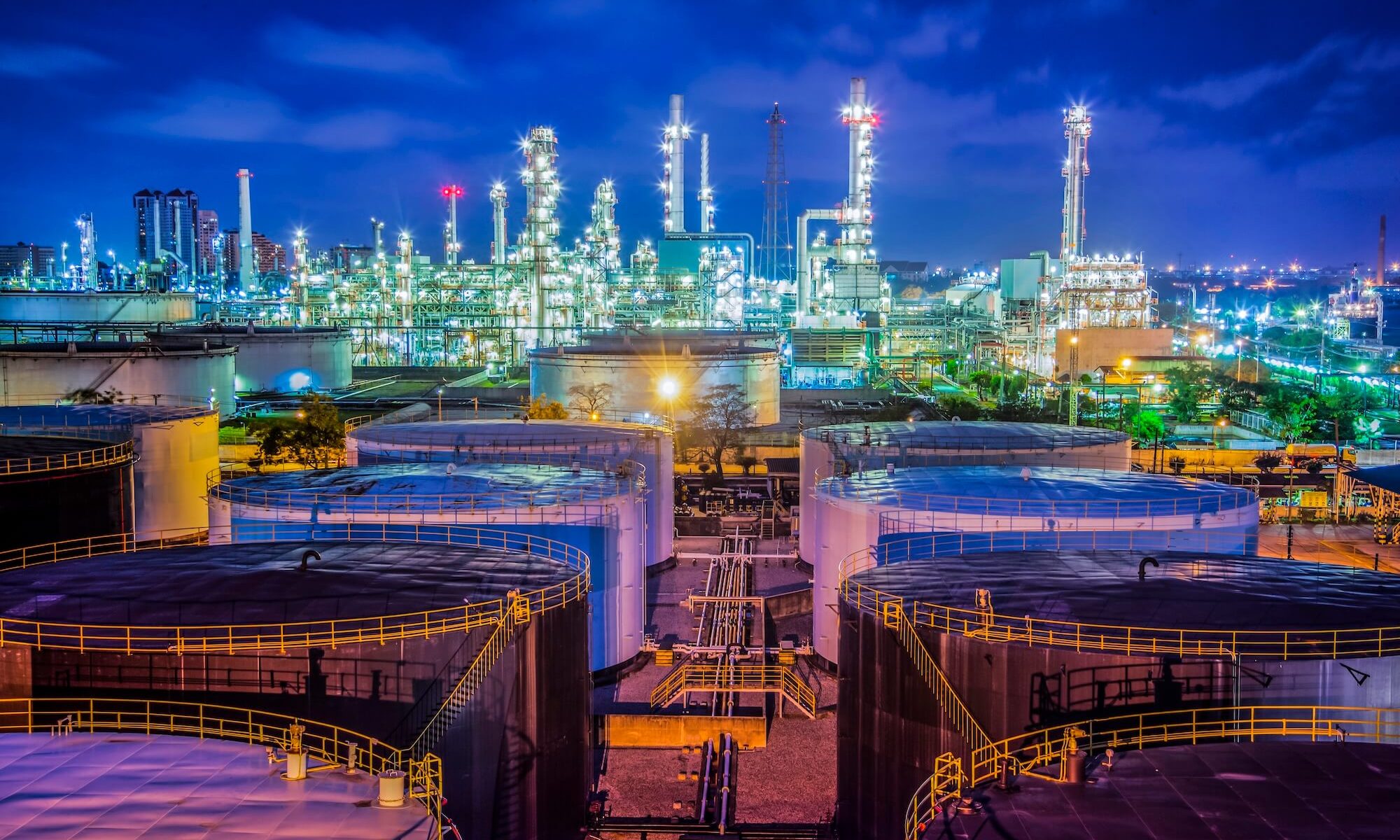Non-Destructive Testing (NDT) is a vital process for industries that rely on the safety, integrity, and performance of materials and structures. This advanced testing methodology ensures that defects and irregularities are identified without damaging the tested components. From aerospace to power generation, NDT plays a critical role in maintaining high standards across numerous sectors. In this blog, we’ll explore the industries that depend on NDT and the benefits it brings to their operations.
What is Non-Destructive Testing?
Non-destructive testing is a group of testing methods used to evaluate the properties of a material, component, or system without causing damage. NDT is crucial for detecting flaws, ensuring compliance with safety regulations, and maintaining the longevity of assets. Methods such as Ultrasonic Testing, Magnetic Particle Inspection, and Eddy Current Testing allow technicians to detect cracks, corrosion, and other irregularities with precision.
Why Do Industries Use Non-Destructive Testing?
NDT is a preferred choice for many sectors because it:
- Ensures safety and reliability.
- Reduces operational downtime by allowing inspections without halting production.
- Saves costs by identifying issues early before they escalate into expensive repairs or replacements.
- Meets regulatory compliance and quality assurance standards.
Key Sectors That Use Non-Destructive Testing
Aerospace Industry
The aerospace sector heavily relies on NDT to ensure the safety and performance of critical components. Aircraft undergo regular inspections to detect cracks, fatigue, and corrosion in fuselage panels, engines, and landing gear. Methods such as Eddy Current Testing and Ultrasonic Testing are commonly used to maintain high safety standards, ensuring every component can withstand extreme conditions.
Oil and Gas Industry
Safety is paramount in the oil and gas sector, where pipelines, storage tanks, and offshore rigs must endure harsh environments. NDT methods such as Magnetic Flux Leakage (MFL) and Radiographic Testing are used to inspect pipelines for corrosion, wall thinning, and welding defects. Regular inspections prevent costly leaks and ensure compliance with environmental regulations.
Power Generation
In power plants, components such as turbines, boilers, and heat exchangers operate under high pressure and temperature, making them susceptible to wear and tear. NDT methods, including Electromagnetic Acoustic Transducer (EMAT) testing, are used to identify cracks and corrosion, ensuring the efficiency and safety of power generation systems.
Manufacturing and Fabrication
Manufacturers use NDT to maintain quality control during production processes. From inspecting welds to checking the integrity of finished products, NDT ensures that components meet design specifications and perform reliably. Dye Penetrant Inspection and Radiographic Testing are often used to evaluate metal and alloy components.
Construction and Infrastructure
Bridges, tunnels, and other infrastructure projects rely on NDT to ensure their structural integrity. Regular inspections using Magnetic Particle Inspection and Ultrasonic Testing help identify cracks, corrosion, and other flaws that could compromise safety. This proactive approach prevents accidents and prolongs the lifespan of critical infrastructure.
Automotive Industry
NDT is crucial in the automotive sector for inspecting critical components such as engine blocks, chassis, and suspension systems. Ensuring these parts are free from defects is essential for vehicle safety and performance. Techniques, like Phased Array Ultrasonic Testing (PAUT), are widely used in automotive manufacturing and maintenance.
Defence and Military
The defence industry depends on NDT to maintain the safety and reliability of military equipment, including aircraft, naval vessels, and armoured vehicles. Regular inspections using advanced techniques like SLOFEC (Saturated Low-Frequency Eddy Current) ensure that components can perform under demanding conditions.
Maritime Industry
Ships, submarines, and offshore platforms must be inspected regularly to ensure they remain seaworthy and operational. NDT methods such as Vacuum Box Testing and Ultrasonic Testing are used to detect corrosion, leaks, and structural weaknesses in hulls, tanks, and pipelines.
Benefits of Non-Destructive Testing Across Industries
- Improved Safety
NDT helps identify potential failures before they occur, ensuring the safety of personnel and assets. - Cost Savings
By detecting flaws early, industries can avoid costly repairs, replacements, and downtime. - Regulatory Compliance
NDT ensures compliance with industry standards and safety regulations. - Prolonged Asset Life
Regular inspections extend the lifespan of components and infrastructure. - Environmental Protection
Preventing leaks and failures reduces environmental risks, particularly in sectors like oil and gas.
Why Choose Bravura Inspection for NDT Services?
At Bravura Inspection, we provide industry-leading Non-Destructive Testing services tailored to the needs of various sectors. Our PCN Level 2 certified technicians use advanced technologies to deliver accurate and reliable results. We ensure the safety and integrity of your assets with minimal disruption to your operations.
Contact Bravura Inspection Today
For expert Non-Destructive Testing services, trust Bravura Inspection to deliver precision and reliability. Contact us today to learn more about our services or schedule an inspection. Call us on 01745 294367 or email [email protected].

